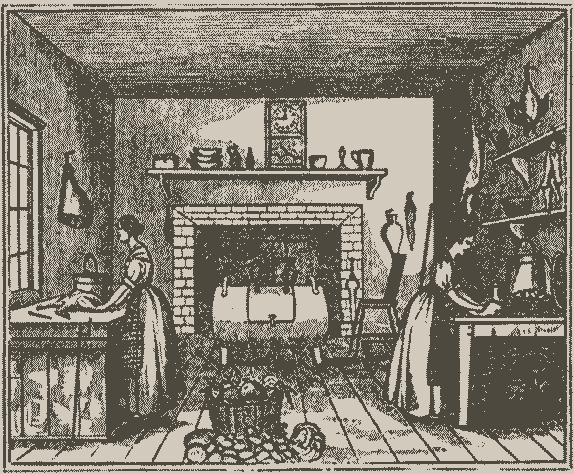
Hayden, Dolores. The Grand Domestic Revolution :A History of Feminist Designs for American Homes, Neighborhoods, and Cities. Cambridge, Mass.: MIT Press, 1981. (p1-29)
The introduction of this important book examines the materialistic basis of the first feminists in the United States, called by Hayden ‘material feminists’. Dolores Hayden argues that the first feminists challenged the previous ideas about woman’s sphere and woman’s work, calling into question the division between domestic and political economy, and the boundaries between domestic and public space.
Being sex the basic category of social breakup, domestic space appears principally as a economic division based on the exploitation of an unpaid labor force. Additionally, industrialization meant for housewives the isolation for the rest of the society (husband working outside of the house, children attending school) and its development. The unpaid work of the housewife was considered consumption, while the only aspects of housework socialized by capitalism are related to those that could be replaced by commodities or services.
With their emphasis on economic and spatial issues, the principal idea of material feminists was socializing domestic work, understood as the aim to make private domestic work into social labor. That means economic remuneration and a spatial transformation of the domestic workplace, and therefore of the homes, neighborhoods and cities, considering urban space as a social and economic product. In order to become equal members of society, women must create feminist homes with socialized housework, defining its own sphere.
Following Hayden, spatiality or in the interest of this review, the idea of the house is a social and economic construction that adheres to a logic of exploitation of the woman and her labor force. A real social transformation, for social equality, economic justice and environmental reform, involves a spatial shift.